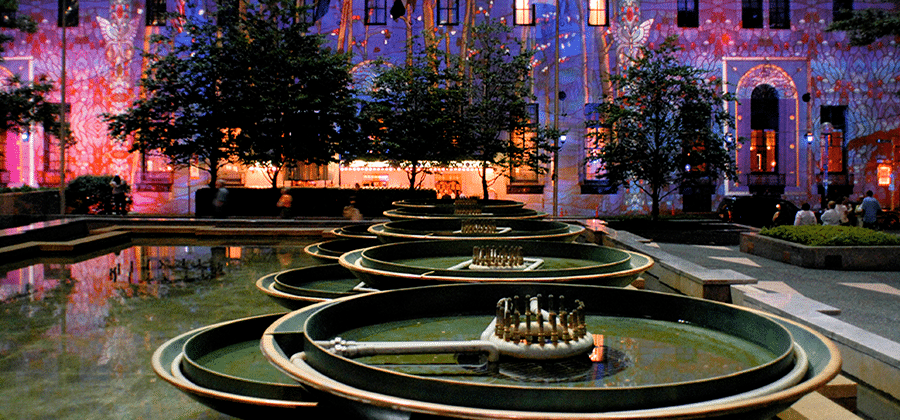
There are numerous factors that city planners, politicians, developers and designers consider when planning cities; from infrastructure to transit to the creation of residential, commercial and retail space, all to draw new businesses and residents. But often the last thing to be considered, and yet perhaps the most critical component in any city neighborhood, is public space. Parks, plazas, walking and bike paths and even wide, strollable sidewalks all play an integral role in connecting communities and giving people a sense of belonging.
In a recent podcast interview with Eve, former Pittsburgh Mayor, Tom Murphy, reflected on some of his administration’s big wins in revitalizing the city of Pittsburgh, as well as some missed opportunities. In his post-mayoral career, Mayor Murphy regrets not putting public space front and center.
Turnaround mayor
Tom Murphy served as Pittsburgh’s major from 1994 to 2006, a turbulent and transformative time for the city. He took over the reins of the city when it was decimated by a loss of the steel industry and out-migration of over 50% of its population. During his tenure Tom created a $60 million development fund to jump-start development in abandoned neighborhoods, built two new waterfront stadiums, and developed many miles of river trails. At the end of his tenure, he had presided over a remarkable urban comeback story, and the city has been transformed in a myriad of ways.
At the heart of Murphy’s plan to revive Pittsburgh was the purchase of 1,500 acres of land for new development. This gave the city a chance to create effective public-private partnerships with developers to restore struggling parts of the city, all the while luring new businesses to the region and encouraging others to stay and grow.
Planning for public spaces
Murphy strongly believes that a sense of “place is everything,” and can have a huge impact on the quality of peoples’ lives. He notes that in addition to the large-scale developments his administration sponsored, they were also able to also rebuild all of the city’s 100 or so neighborhood parks, both small and large, all while involving the local communities. But he is quick to add, that although their instinct was right, they should have gone further, expanding the city’s park system instead of just rebuilding it. Some neighborhoods that have long lacked communal gathering places would have benefitted from the creation of wonderful new plazas.
Reflecting on his experiences in Pittsburgh, and as a frequent visitor to cities all over the world in his role as a Senior Fellow at the Urban Land Institute, Tom has come to believe that an even a stronger sense of community can be encouraged through the use of public space, whether it’s a playground or a park. He wonders how you can thoughtfully connect people in a neighborhood so that they feel a sense of belonging to the place. He believes that “if people feel rooted in their neighborhood, … they’re willing to put up with a lot of problems if they see themselves and others committed to wanting to making it better.”
Getting communities invested
Public spaces are crucial for building successful cities. They help to bring communities together and invest people in their neighborhoods, regardless of background or income. Amidst lucrative development plans, it can be easy to overlook the importance of public space, but as Murphy notes, city government and local communities can and should work in partnership with developers to make sure public space is at the forefront of every new development and planning project.
Listen to the full interview with Tom Murphy to hear more about his vision for public spaces and the role that public space plays in building better cities.
Artlumiere light projections ’09 courtesy of Jonathan Greene
